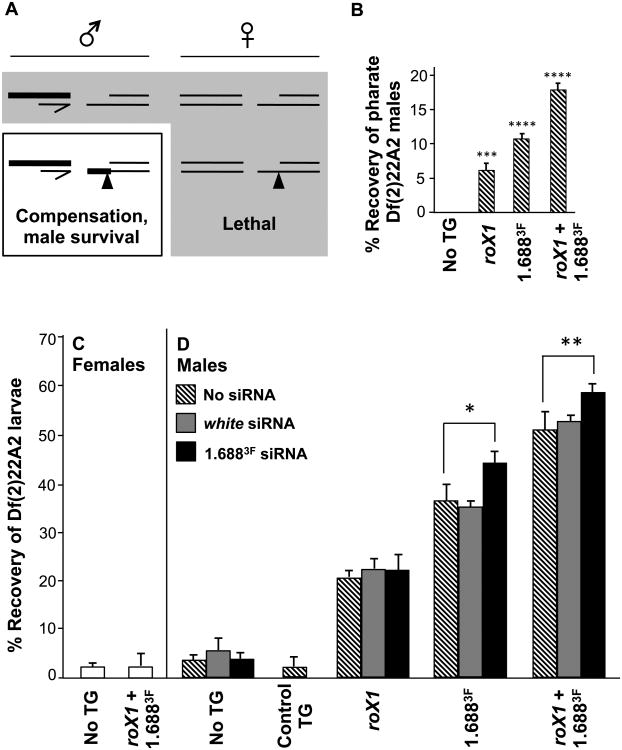Fig. 4. Insertions of roX1 and 1.6883F on 2L partially rescue males with a lethal 2L deficiency.
A) Df(2)22A2 is lethal in males (top left) and females (top right). If a transgene on the homolog recruits compensation, male-limited rescue will occur (bottom left). Thick lines indicate compensated chromatin. Females block formation of the MSL complex, preventing rescue (bottom right). B) Pharate Df(2)22A2 males are observed only when [roX1]22A3, [1.6883F]22A3 or [roX1+1.6883F]22A3 is present on the homolog. The recovery of pharate males is calculated from brothers that emerged with an intact 2nd chromosome (See Fig. S6A for mating strategy). C) Recovery of Df(2)22A2 female larvae is unaffected by [roX1+1.6883F]22A3 on the homolog (See Fig. S7B for mating strategy). D) Recovery of Df(2)22A2 male larvae increases when [roX1]22A3, [1.6883F]22A3 or [roX1+1.6883F]22A3 is present on the intact homolog (hatched bars), but not when a control P{EPgy2}hafEY08668 transgene marked with y+ and w+ is inserted at 22A3 (Control TG). Expression of siRNA to white (gray) has no effect on recovery of male larvae, but expression of 1.6883F siRNA (black) enhances recovery when transgenes containing 1.6883F DNA are present on the intact homolog (mating strategy in Fig. S7A, C). See Figure S1 for transgene composition and Figure S4 for 1.6883F sequence. Error bars represent SEM. * p < 0.05; ** p < 0.01; *** p < 0.001; **** p < 0.0001.

